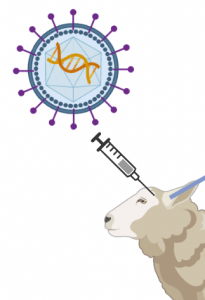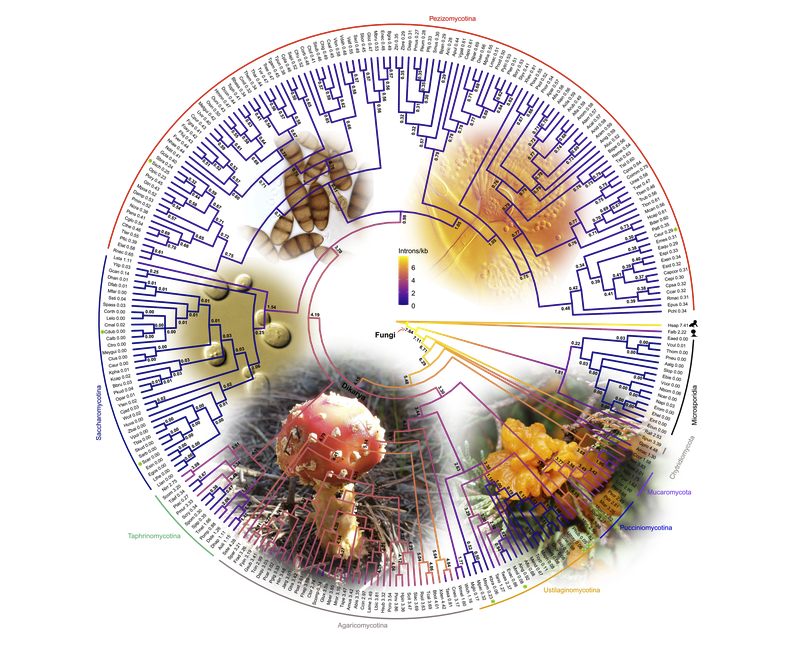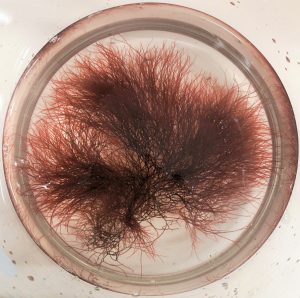Diagnostic potential of CT-DNA
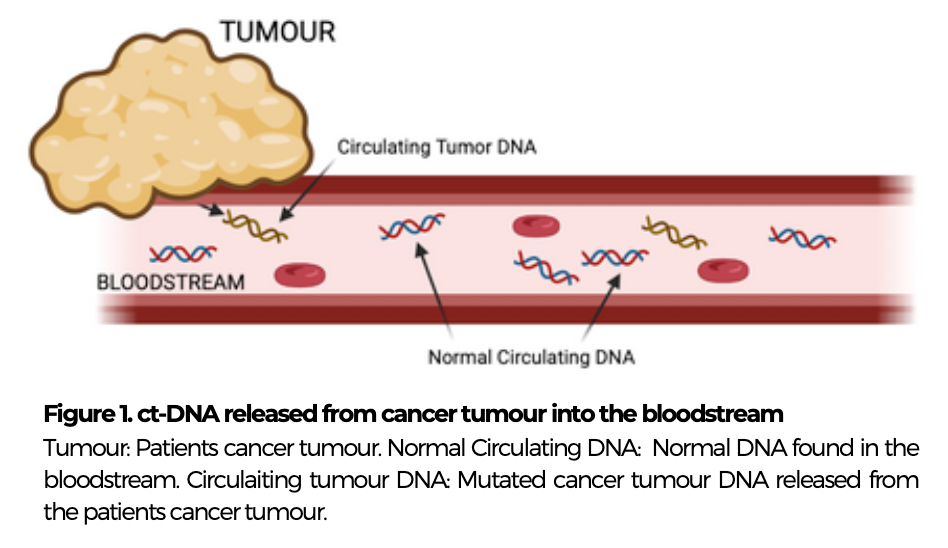 An article written by 300-level Biochemistry student Emily Crosse about research by PhD student Jordon Lima.
An article written by 300-level Biochemistry student Emily Crosse about research by PhD student Jordon Lima.
Circulating tumour DNA (ct-DNA), is cell-free DNA released from tumours into the bloodstream, with a short half-life, making it a good potential marker for easy detection of colorectal cancer in patients, via the bloodstream. Currently tissue biopsies are performed to identify cancer, however this is a difficult and invasive detection method, contributing to the lack of early diagnosis of colorectal cancer and challenges in therapeutic monitoring. Continue reading
Bringing lysosomes into the limelight: What happens when they don’t work and what are we doing to fix this?
An article written for The Sheet by 300-level Biochemistry student Rose Harper.
A groundbreaking gene therapy for the childhood neurodegenerative disorder Batten disease has been created by researchers in the Biochemistry department at the University of Otago, and they have not stopped there.
Seven students’ research adventures
We recently put up new posters outside the Biochemistry undergraduate laboratories to entertain the students as they wait for classes to start, and show them the kinds of things they could do if they continue their research adventures with the department.
Into introns?
Genes within the DNA of humans, plants & yeasts are actually interrupted with bits of non-gene DNA scattered throughout, and these bits are called introns. Otago Biochemistry’s Associate Professor Chris Brown and Dr Chun Shen Lim delve into the evolution of an intriguing genetic phenomenon…
Continue reading
How to make life from scratch: Understanding molecules that organise themselves
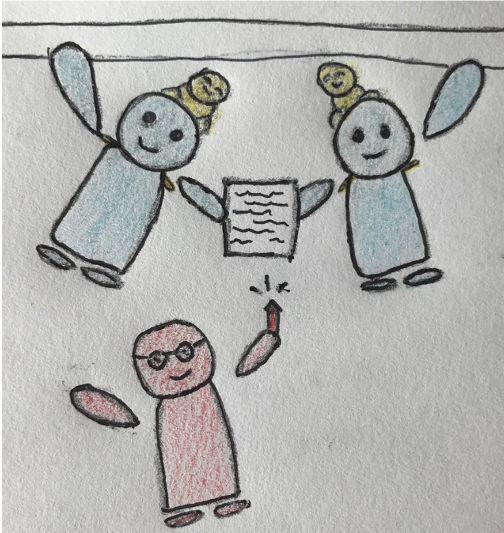 300-level biochemistry student Hannah Gordon writes about the potential uses of cells that we design ourselves and the spontaneously organising molecules that we must understand before we can make artificial cells.
300-level biochemistry student Hannah Gordon writes about the potential uses of cells that we design ourselves and the spontaneously organising molecules that we must understand before we can make artificial cells.
Can you imagine a self-assembling, low maintenance system that converts household waste into fuel to heat and power your home? Continue reading
Biochemistry – with colour! Or the day I narrowly avoided seaweed stain down my front (and found out about a really cool protein)
Some time back, I was absent-mindedly striding down the particleboard-clad corridors of the Otago Biochemistry Department, when I nearly smacked right into Malcolm Rutledge, one of our excellent assistant research fellows. Luckily, I stopped just in time, because he was carrying very precious cargo. Nestled in a polystyrene box filled with ice, was a glass tube with a brilliant crimson-red liquid in it. Continue reading
Yes, viruses attack bacteria – and bacteria fight back, but not the way we thought
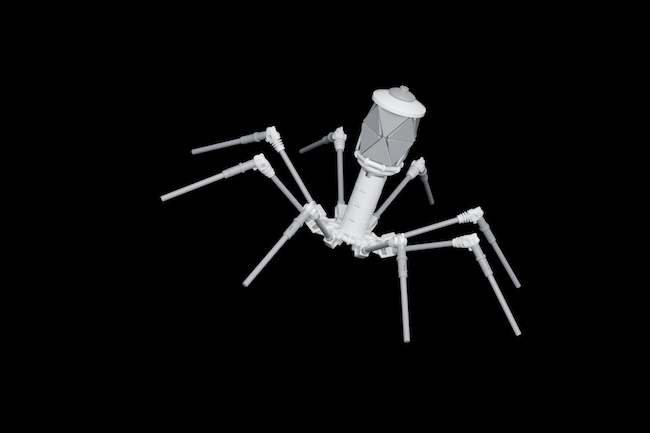
Lego model of a bacteriophage (image: Pascal, Heidelberg, Germany; licensed under CC BY 2.0)
Recent insights into how bacteria defend themselves against viruses, as revealed by Otago Biochemistry scientists and their colleagues, could guide the development of new treatments for bacterial infections. Continue reading
Kiwi and moa teach us about what makes species different
The kiwi, the emu, the moa, the cassowary, the rhea, the ostrich. They’re all part of a group of flightless birds from the Southern hemisphere known as ratites, and they’re giving us some very cool lessons on how animals evolve.
Otago Biochemistry’s Dr Paul Gardner and his bioinformatic colleagues from Harvard University, the Welcome Sanger Institute, and the Universities of Texas and Toronto have been using DNA sequences from these birds to figure out how species evolve, at the DNA level.
How viruses that kill bacteria can help in cancer research
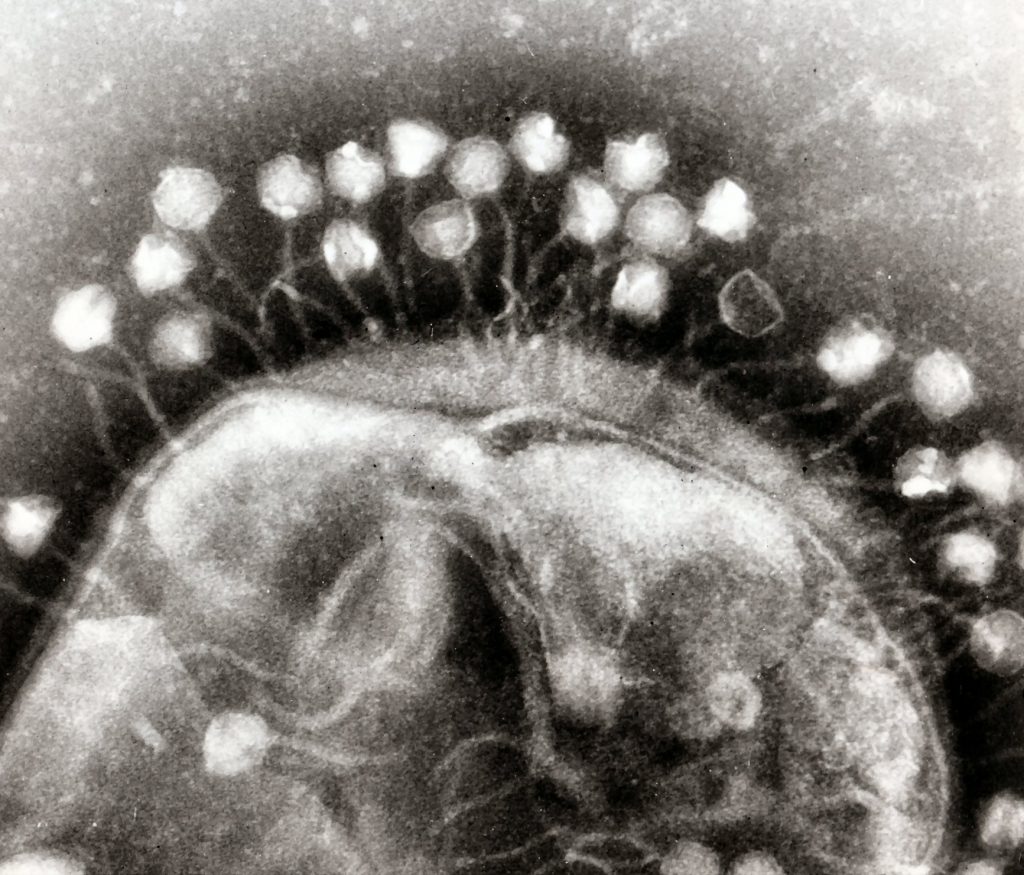
Bacteriophage cluster around a bacterium, ready to hijack its resources. Image: Dr Graham Beards|Wikimedia.
Dr Adam Middleton, a researcher at Otago Biochemistry, introduces bacteriophage viruses and explains how he uses them to help with his research into molecules involved in cancer.
The bacteriophage – ‘the deadliest being on earth’ – is a virus that infects bacteria and forces the bugs to dedicate the remainder of their brief lives to generate more phage. Continue reading
New species, new information – how our native species can benefit from genomics

The face of nature’s stream cleaner – a kōura shows off some of the six pairs of appendages that make up their mouths, as well as their huge front claws. Image source: RNZ National
Mary Hawkes explains her work helping to make genetic resources for New Zealand’s kōura (freshwater crayfish).
New Zealand is a country with weird, wonderful, and unfortunately endangered native species that have spent millions of years evolving in a unique ecosystem. From the kākāpō to the tuatara, conservationists are now using genomic data to help preserve our natural heritage. Continue reading

